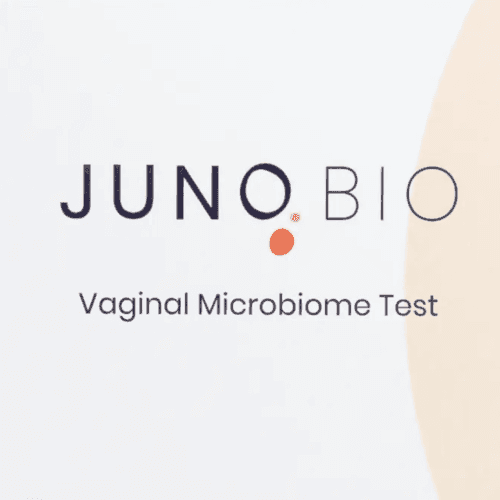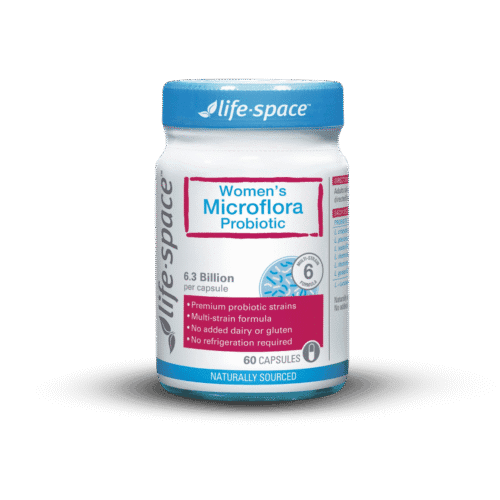Histamine develops in food when histidine, an amino acid, is broken down by bacteria and converted into histamine.
Thus, the longer food has been in contact with the specific bacteria that do this conversion, the more histamine is present in the food.
Food can thus be high in histidine, not histamine, but end up being high in histamine.
Food might also be fermented with bacteria that produce histamine – here’s a quick list of histamine-producing bacteria.
It might also matter how you cook food. A study1 found:
- Grilled seafood is higher histamine than raw or boiled seafood
- Grilled meat is higher histamine than boiled meat
- It didn’t matter which method of cooking eggs was used, histamine levels remained the same
- Fried vegetables contain more histamine than raw vegetables
- Fermented foods had the same overall histamine levels after being boiled
References
- 1.Chung BY, Park SY, Byun YS, et al. Effect of Different Cooking Methods on Histamine Levels in Selected Foods. Ann Dermatol. Published online 2017:706. doi:10.5021/ad.2017.29.6.706
Price range: USD $130.00 through USD $275.00
This product has multiple variants. The options may be chosen on the product page
Original price was: USD $149.00.USD $129.00Current price is: USD $129.00.
BEST ORAL PROBIOTIC







